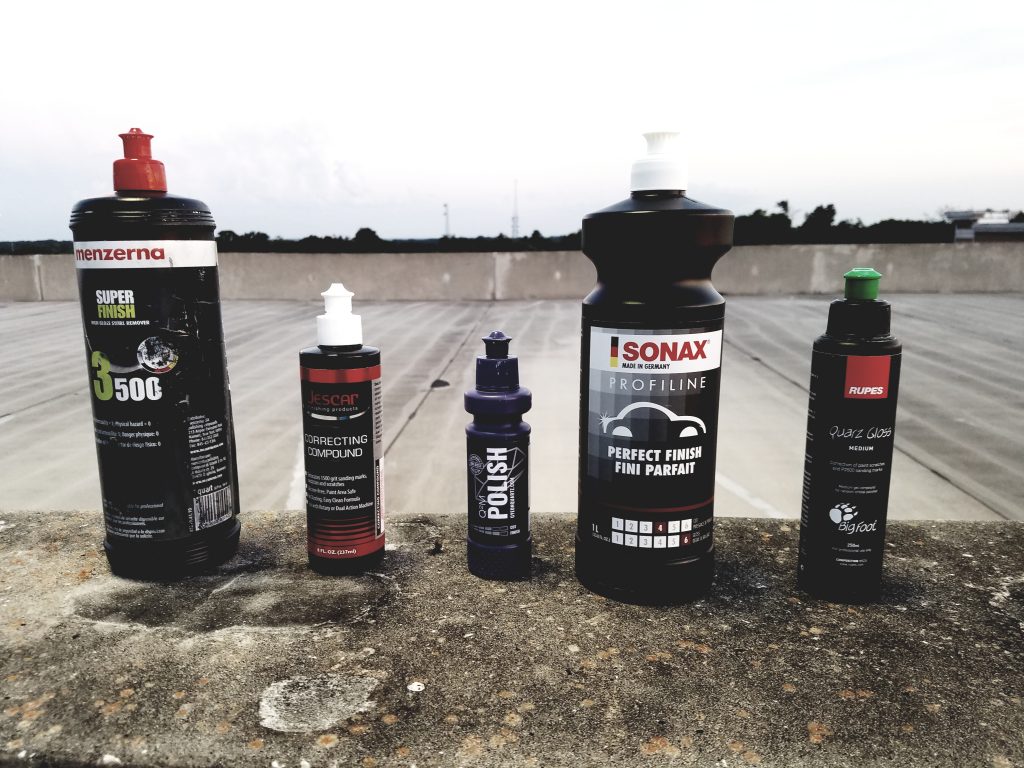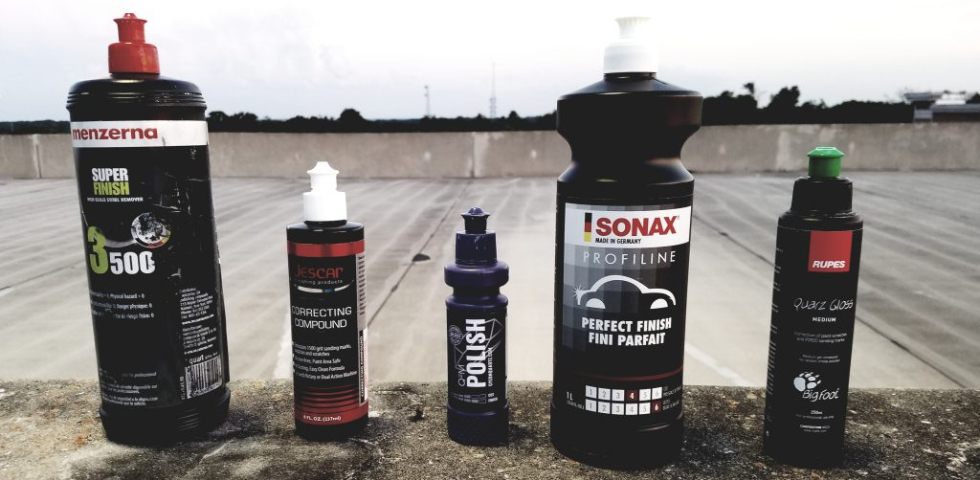My goal here is for you not to just grab any polish, while ignoring the comprehensive detailing process and consequentially making the polish the sole reason you have good or bad results. This perspective on the valuing the process is also relevant to people’s frustrations about protection (especially coatings) not lasting as long as they would like. First, I want to provide a reminder that some polishes have longer or shorter working cycles than you or a reviewer you follow might expect. Second, preparing the surface for polishing is a detailing process. Third, the durability of your protection may be compromised if you do not take removing the polishing oils and other residue seriously.

Think about the polisher, pad, polish, and ultimately the combination of these resources working together. All are important for overlapping reasons. Get the best polishers you can afford for now and somewhat near future for comfort and quality of experience. But investing in the best polishes and pads for your chosen polisher(s) will greatly increase your chances of achieving good results.

Typical conversations. ‘I did something with a combination of polish b and pad c, and it doesn’t work!’ When I hear these frustrations, I ask myself did this person read the instructions. As simple as some people think this procedure is, it is often forgotten that some polishes have atypical working times. This is often the case when you are accustomed to polishing a car a certain way or are using a different polisher that may break down the polishing abrasives more aggressively.

Another common troubleshooting error is overlooking the importance of removing the bonded contaminates from the paint prior to polishing. It is often assumed that will happen with polishing. Typically not only is that not the case, it can compromise your efforts polishing. This difficulty can include inhibiting the polisher from removing defects as well as create new ones with the bonded contamination. OFTEN prior to polishing I perform a MINIMUM iron remover and claybar treatment of the paint, followed with a paint cleaner like Gyeon Prep if I did not use a strip wash type soap.
Polishing has your car can have an affect on your protection for reasons many do not realize. Failure to remove polish residue can become a problem when applying your paint your protection. I am not the biggest of the traditional IPA Isopropyl Alcohol mix as a substitute for an appropriate panel prep.
Many problems that people have particularly with ceramic coatings not lasting as long as they should can be traced to taking an easier and cheap way out of removing polishing lubricants. I believe IPA mixes are the issue. Aside from concerns about marring, issues with an abundance of alcohol affecting a panel, it is also difficult to effectively remove polishing lubricants with an IPA mix. I know the optimal mixture for creating an IPA spray, yet I would much rather invest my money in an appropriate panel prep.
Prep Sprays. I prefer to use Gyeon Prep as my panel wipe and INITIAL final wipe process before applying a layer of protection.
After using Gyeon Prep for the proverbial heavy lifting, I will often use a solvent based panel wipe as an insurance wipe. Products such as Optimum Paint Prep and Gtechniq Panel Wipe are considered solvent based paint preps. They are somewhat to very aggressive. I will tend to save the use of solvent based panel wipe product as my last insurance step. I will also often spray a strong solvent based product (Gtechniq Panel Wipe) on a very plush (high GSM) towel such as the Rag Company Eagle Edgeless 600.
